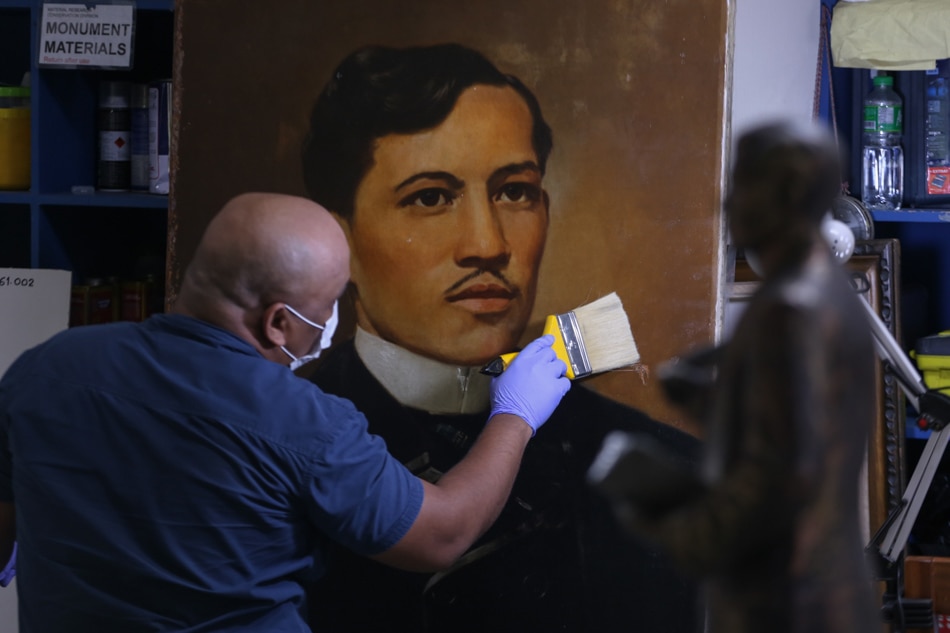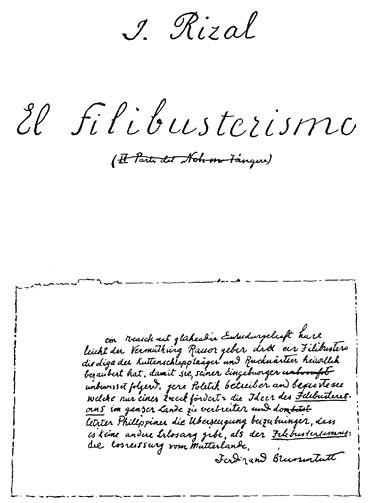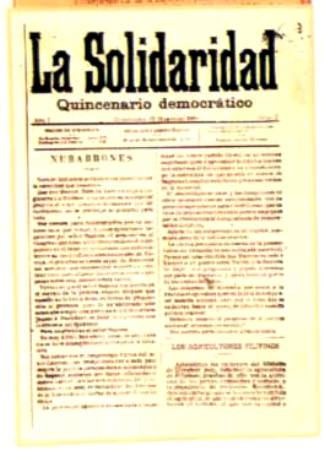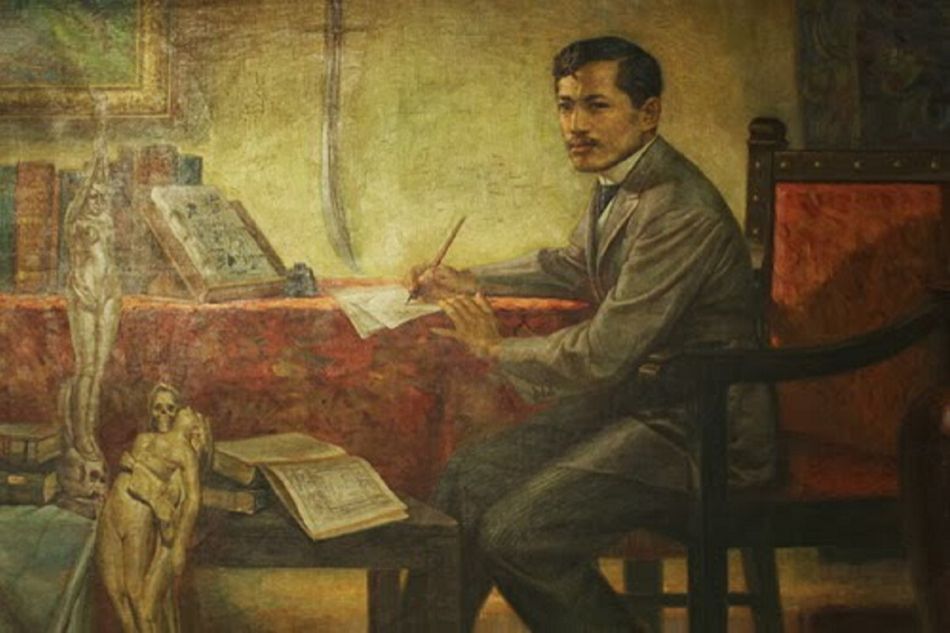Jose Rizal has been the subject of funny memes often highlighting his image of being a “chickboy,” and playing with the many over-the-top theories about him (i.e. that he’s the father of Hitler, or he’s the real Jack the Ripper, etc.). The debate about who between him and Andres Bonifacio should be considered the National Hero continues to rage on online as well—a battle that also takes place in the classrooms. Put the removal of Philippine history as a subject in high school into the pot and you’ve got a formula for the propagation of confusion and misinformation about our local heroes and their contributions.
You may also like:
- All the girls Rizal loved before
- VIDEO: A tour of Rizal's Madrid, from his favorite bar to the La Solidaridad headquarters
- First wives, last rites, and the last book Jose Rizal ever read
- As we celebrate Rizal's birth, we remember his mother and her heartbreaking life
- How the “Noli Me Tangere” was our first content to go viral
- 9 Rizalian examples for today's Filipinos
Such is the nature of discussions in the online world. There is high access to information, but the challenge is how to filter which information is useful, true, or fake — and which narratives are reasonable or politically weaponized. The comments section is a cancerous, toxic debate place where everyone can voice their opinion, informed or not. Also, the creation and spread of fake news supported by armies of online trolls is an effective tool to drown dissent and amass political clout. In the recent two elections, Rizal’s image and memes turned political, for the purpose of supporting certain candidates, further confusing what Rizal truly stood for.
Though Rizal being used in advertisements is not a new phenomenon (Rizal in brand of soft drinks, matches, funeral homes, cement, bank, etc.), this reflects Renato Constantino’s book Veneration Without Understanding, which shows our tendency to take Rizal for granted. This is reinforced by the thesis of Mike de Leon’s film Bayaning Third World which upholds the idea of “kanya-kanyang Rizal” (to each his own Rizal) — as the persona of the National Hero has been used by all sides in political debates and messaging.
So what is the essence of Rizal in the time of fake news? Three timeless writings of Rizal that touch on the issue of truth and reason may enlighten us.
Rizal and Fake News
If Rizal along with other propagandists like Marcelo H. Del Pilar and Antonio Luna were alive today, they might find the phenomenon of fake news as nothing strange. During their time, they themselves were subjected to similar fabrications and attacks from newspaper editorials.
As members of the Propaganda Movement, they were engaged in an information campaign, and part of their advocacy was to push for reforms in the Philippines. They advocated for equal rights, better justice and education, and the transfer of parishes to Filipino secular priests. This advocacy drew the ire of certain people in power in Spanish colonial Philippines, the Spanish friars who cling to their influential stature among them.
The editorial attacks tried to discredit the Ilustrados by spreading exaggerated, prejudiced or even false claims against them. Rizal and his comrades answered back with articles and essays via allied newspapers and magazines and their own newspaper La Solidaridad.
In Rizal’s El Filibusterismo, one often overlooks the character of Ben Zayb, the writer for a newspaper who exaggerates reports and changes the details to make his stories interesting. He also writes to please authorities and could be considered a “sipsip” (suck-up).
One such instance is when he writes a story where a friar single-handedly faced off with 50 bandits who tried to take away tens of thousands of pesos. Zayb wrote his exaggerated version of the story first without checking the facts. And when he went to confirm the details, to his dismay he found Padre Cammora nursing a concussion after being robbed of a mere 50 pesos by three bandits. Zayb berates the injured friar saying you know nothing of what actually happened to you.
Rizal said on Chapter 36 of El Fili that “his articles can be likened to wine laden with poison… the articles of Ben Zayb take effect may it be read or not by Filipinos”.
Reading about the fictional exploits of Ben Zayb maybe comical but they could be interpreted as people who create and spread fake news for one’s personal gain. Rizal said on Chapter 36 of El Fili that “his articles can be likened to wine laden with poison… the articles of Ben Zayb take effect may it be read or not by Filipinos”. In the context of fake news, once it spreads, the damage has already been done. Peddlers of fake news can be likened to Ben Zayb.
Rizal’s Letter to the Young Women of Malolos is a must-read not just to understand the importance of empowered women in society but because of the importance of having one’s own mind. The letter is most notable among Rizal’s other writings as it is one of the few written in Tagalog and touches on three key issues: women empowerment, true Christianity, and the importance of critical thinking.
Before ending the letter, Rizal lays down seven points of reflection. On the third point he writes that, “ignorance is slavery, for the mind reflects the person: a person without one’s own mind has lost his humanity; one who blindly follows another else’s will is like a beast led by a leash.”
“Ignorance is slavery, for the mind reflects the person: a person without one’s own mind has lost his humanity; one who blindly follows another else’s will is like a beast led by a leash.”
But the most striking would be his sixth point where he writes: “everyone is born equal, naked and without chains. Not created by God to be enslaved, not endowed with intelligence to be blinded, and not adorned with reason to be deceived by others. It is not pride to refuse to worship a fellow man, to enlighten the mind, and to reason out everything. The arrogant one is he who wants to be worshipped, who misleads others, and wants his will to prevail over reason and justice."
The Greatest Crime
“How to Deceive the Native Land” is a must-read for teachers and students of history and Rizal. Often overlooked as an editorial response to an editorial published by La Voz de España, a pro-friar publication that severely attacks the dignity of Filipinos, it is one of Rizal’s most relevant writing which deals with freedom of expression and the search for truth. Here, Rizal writes that, “neither hiding the truth and fanaticism, nor oppression or superstitions ever have united nor will they ever unite peoples. On the other hand, liberty, rights and love bind different races around the same flag, a single aspiration, and one destiny.”
In the writings of Rizal, we find the word ‘obscurantism’ which means the deliberate prevention of the spread of knowledge or truth. In their advocacy, obscurantism, not ignorance, is the enemy of reason. For ignorance can be cured with knowledge and reason, while obscurantism is deliberate misinformation.
The editorial attacks were meant to discredit Rizal and the other ilustrados. Discrediting valid concerns and criticism in the pursuit of unity is hypocritical and deceptive. One’s responsibility is to uphold the truth even at the cost of one’s personal comfort nor safety.
In the writings of Rizal, we find the word ‘obscurantism’ which means the deliberate prevention of the spread of knowledge or truth.
Rizal and other propagandists did not fold to public harassment but rather continued for the sake of justice and reason. In a similar way, modern-day misinformation never unites a nation, it just turns people against one another, and obscurantism furthers this division. Alas, a divided people are easily conquered and oppressed.
Finding the truth might be difficult but should never be taken for granted. Those calling out the wrongs of society should never be dismissed nor discredited for society is not perfect and the first step to addressing a problem is talking about it. All attempts to deceive, misinform, and take advantage of confusion and ignorance are all attempts to suppress truth and free expression.
At this age, fake news and weaponized political narratives are deception. They will persist as long as a few people, especially those in power, benefit from them. Rizal after all warned that “to deceive the native land… is the greatest crime of all crimes”.
*This article is based on a public lecture “Controversies, Misconceptions, and Fake News: Rizal in Social Media” first delivered in June 30, 2018 in Rizal Shrine Calamba.
John Ray Ramos is a part-time history instructor in the Ateneo de Manila University and in the Institute of Formation and Religious Studies. He also teaches Politics and Government. He finished his bachelor’s degree in history and is finishing his master’s degree in Public Administration in the University of the Philippines Diliman. He is the author of Bayani Biographies: Jose Rizal and co-authored Bayani Biographies Andres Bonifacio published by Kahel Press.





